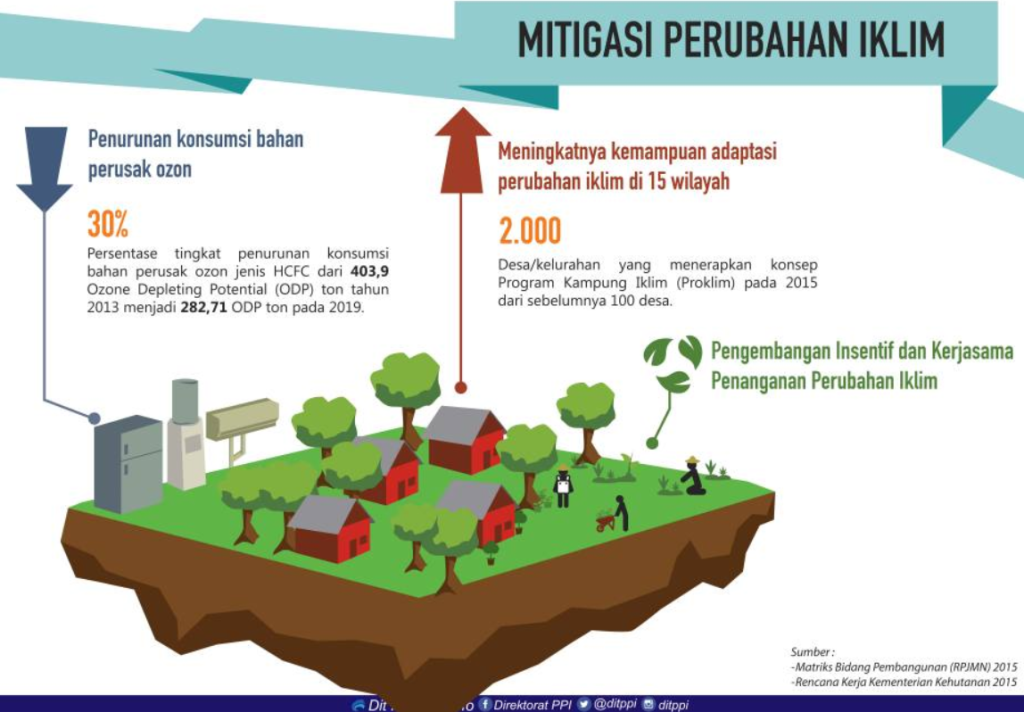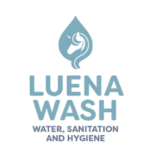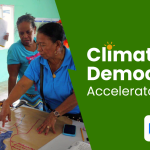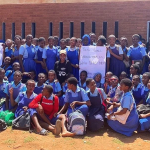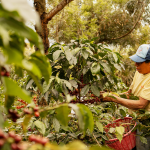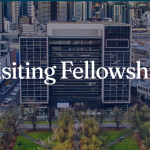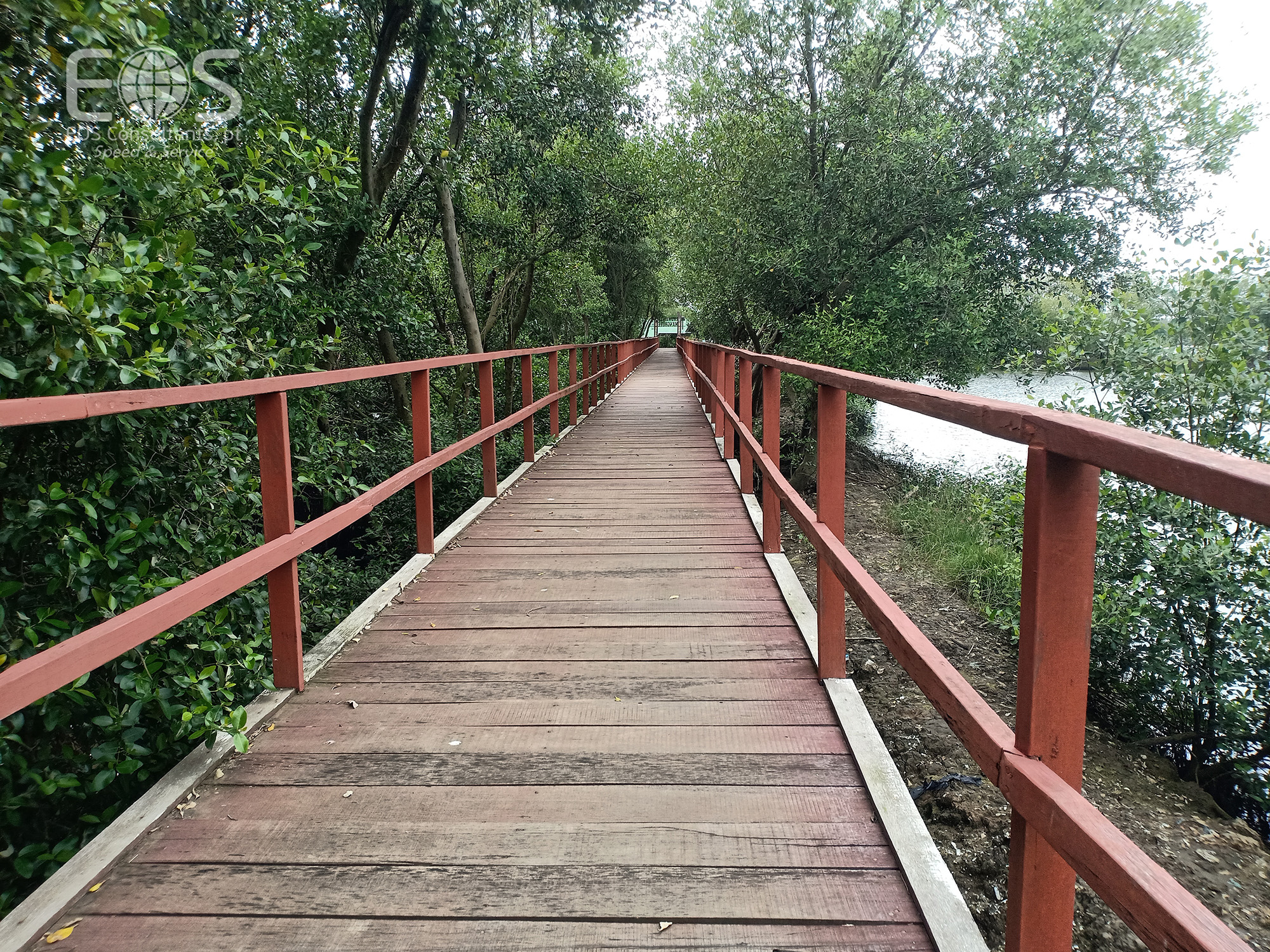By Happy Tarumadevyanto | Independent Consultant| Environmental Asia| happy.devyanto@environmental.asia
The climate crisis has triggered efforts to reduce greenhouse gas emissions through mitigation activities. Indonesia is somewhat unique because in its emission reduction document or nationally determined contribution (NDC) that includes adaptation strategies as part of its climate change resilience strategy.
In mitigation, the Indonesian government is targeting a reduction in emissions from the forestry sector of 17.4% from the estimated greenhouse gas production of 2.87 billion tons of CO2 equivalent in 2030. Meanwhile, in the context of adaptation, handling the impacts of climate change through community-based programs, through increasing disaster resilience, food security, and climate village programs.
- Climate resilient development in Indonesia focuses on strengthening the resilience of technological infrastructure, governance, funding, and increasing the capacity of all villages. This was conveyed by the Minister of National Development Planning (PPN)/Head of the National Development Planning Agency (Bappenas) Suharso Monoarfa in Jakarta, Monday (21/8/2023). https://lestari.kompas.com/read/2023/08/22/140000086/begini-strategi-pembangunan-berketahanan-iklim-dari-bappenas
- The increasing resilience to climate change will certainly have a good (and) positive influence on increasing our capacity to welcome a Golden Indonesia 2045
- The percentage of poor people in March 2024 will decrease to 9.03 percent. The percentage of poor people in March 2024 was 9.03 percent, decreasing 0.33 percentage points compared to March 2023 and decreasing 0.54 percentage points compared to September 2022.The number of poor people in March 2024 was 25.22 million people, a decrease of 0.68 million people compared to March 2023 and a decrease of 1.14 million people compared to September 2022.The percentage of poor urban residents in March 2024 was 7.09 percent, a decrease compared to March 2023 which was 7.29 percent. Meanwhile, the percentage of poor rural residents in March 2024 was 11.79 percent, a decrease compared to March 2023 which was 12.22 percent. https://www.bps.go.id/id/pressrelease/2024/07/01/2370/persentase-penduduk-miskin-maret-2024-turun-menjadi-9-03-persen-.html
- Climate resilient development (CRD) is a process of implementing greenhouse gas mitigation and adaptation options to support sustainable development for all {Section 18.1}. Climate action and sustainable development are interdependent processes and climate resilient development is possible when this interdependence is leveraged. Pursuing these goals in an integrated manner increases their effectiveness in enhancing human and ecological well-being. Climate resilient development can help build capacity for climate action, including contributing to reductions in greenhouse gas emissions, while enabling the implementation of adaptation options that enhance social, economic and ecological resilience to climate change as the prospect of crossing the 1.5°C global warming level in the early 2030s https://www.ipcc.ch/report/ar6/wg2/chapter/chapter-18/
- One of the causes of global warming is deforestation. The social forestry strategy itself accommodates economic needs while still respecting forests to prevent deforestation. Social forestry is a scheme that is in line with climate crisis mitigation, as for example a green business to prevent global warming from getting worse. At the national level, social forestry is also in line with the Medium Term Development Plan in reducing poverty levels and improving community welfare.
- In efforts to expand Social Forestry approval, the challenges faced are the existence of definitive villages in forest areas, land in forest areas certified as property rights, the presence of oil palm plantations in forest areas, public facilities and infrastructure in forest areas, and the euphoria of the issue of Land for The object of Agrarian Reform (TORA), law enforcement which is not yet strong, makes people feel comfortable and consider it unimportant to have legal status in utilizing forest areas.
- National conditions, where 50.44% KUPS with Blue classification from 10,096 groups. Meanwhile, KUPS which already have a work plan and have business units are classified as silver at 40.36%, Gold at 8.74%, and Platinum at 0.45%.
- The government has set a target for granting social forestry permits of 12.7 hectares (10 percent) of forest area set aside for social forestry needs.The activity of issuing utilization permits for social forestry is supported by the social forestry acceleration team (TP2PS), which plays a role in speeding up the technical verification process in processing the permits in question.
- The institution of the Social Forestry Group is also not entirely strong, marked by the lack of meetings at the group level to develop plans, share knowledge and carry out internal monitoring of the group. The group’s spirit of togetherness was high when trying to obtain legality but gradually subsided after the legality and security of managing the Forest Area was obtained.
- In knowledge management there are 3 stages, that are as follow Planning, Implementation and Monitoring. At the planning stage, PS assistants and KPS and KUPS members together prepare a knowledge planning document within a one year period. Meanwhile, at the implementation stage, data collection, report preparation and dissemination of information are carried out in accordance with ethics.
- The third stage, to reflect between planning and realization, supporting and inhibiting factors, as well as further action to develop knowledge management, can be monitored by means of discussions, going to the field, or both based on knowledge management planning. The results of the discussion are recorded to be included in the Mentoring Report.
National Climate Resilience Framework
NASA joined more than 20 federal agencies in releasing its updated Climate Adaptation Plan, helping expand the Biden-Harris Administration’s efforts to make federal operations increasingly resilient to the impacts of climate change for the benefit of all.
The updated plans advance the administration’s National Climate Resilience Framework, which helps align climate resilience investments across the public and private sectors through common principles and opportunities.
Assistance to Social Forestry Business Groups (KUPS)
The social forestry program is a breath of fresh air for communities around the forest to be able to manage the forest, but along the way, many communities who have received permits are still not able to manage the forest optimally. For this reason, a social forestry companion role is needed, so that communities manage forests and have a real economic impact as well as preserving forests.

From this percentage, it is clear that most KUPS Blue have only just been formed, but do not yet have a work plan. And KUPS Silver already has a work plan and already has a business unit. However, it has not yet reached KUPS Gold, where the business unit is running, has a product, has business capital, and already has a local market. There is still a long way to go until KUPS Platinum, which already has a regional or international market.
